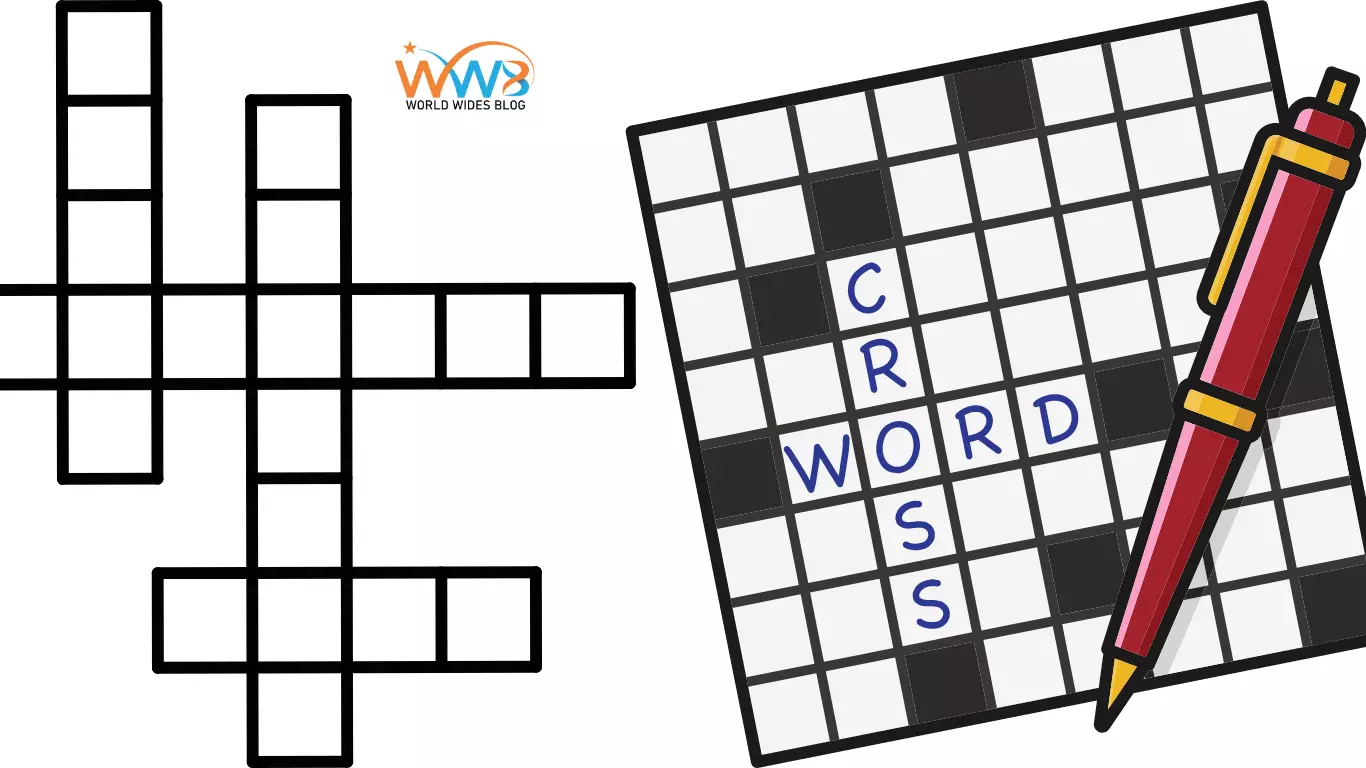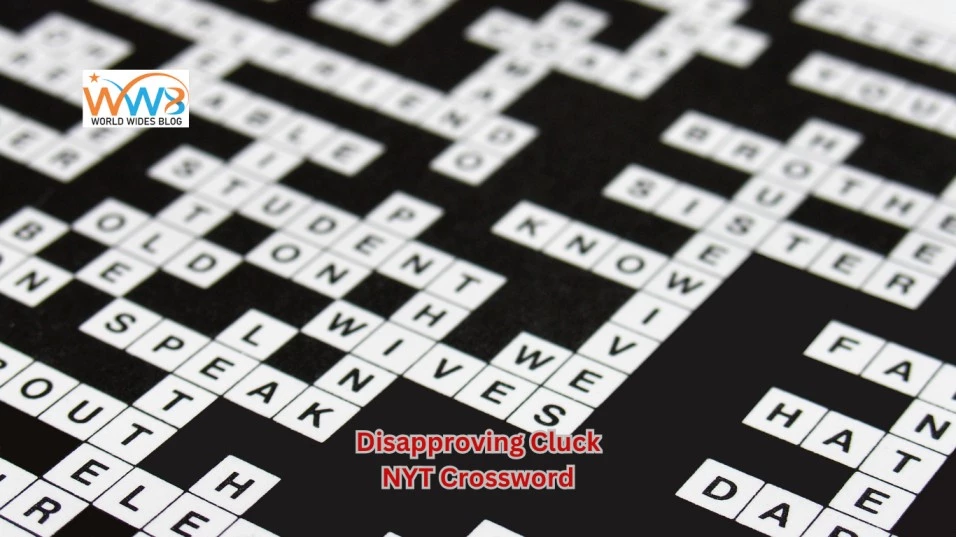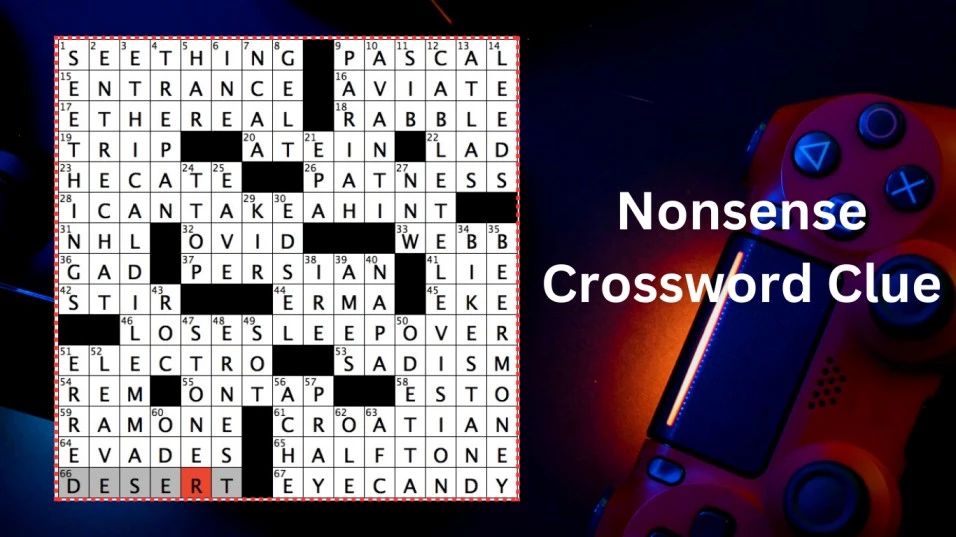Crossword puzzles are more than just a pastime—they are a mental challenge, a word lover’s dream, and a cultural staple. For many, the New York Times (NYT) crossword is the pinnacle of this puzzle world, known for its clever clues and sometimes downright tricky answers. One example of a clue that has stumped many solvers is: Pink Pearls Are Classic Ones NYT’ from the NYT. What does it mean? Why are pink pearls considered classic? Let’s dive into the world of crossword puzzles and uncover the mystery behind this intriguing clue.
Understanding Crossword Clues
Crossword puzzles have a unique ability to engage the mind, forcing solvers to think outside the box and apply logic, language skills, and a bit of creativity. These puzzles often come in various forms, each with its rules and conventions.
What Makes Crossword Puzzles Engaging?
The challenge of connecting words and phrases to seemingly obscure clues is what makes crosswords so addictive. Each puzzle is a mental workout blending linguistic skills and pattern recognition.
Types of Crossword Clues
Crossword clues generally fall into two main categories: direct and cryptic.
- Direct Clues: These are straightforward and often involve synonyms, definitions, or simple word associations. For example, the clue “Feline” might lead you to the answer “Cat.” Direct clues are usually easier to solve and are often used in more straightforward puzzles.
- Cryptic Clues: These are more challenging and require solvers to think outside the box. Cryptic clues often involve wordplay, puns, anagrams, or double meanings. For instance, the clue “Part of a ship (5)” might not directly point to “Sheep,” but once you recognize the wordplay, the answer becomes clear. Cryptic clues are common in more advanced puzzles and are loved by seasoned solvers for their cleverness and complexity.
Some crosswords also include theme clues, where a specific theme runs through several answers, adding another layer of difficulty and enjoyment.
Importance of Solving Clues
Successfully solving a crossword clue is like unlocking a small mystery. Each solved clue brings a sense of accomplishment and pushes solvers closer to completing the puzzle. It’s this sense of satisfaction that keeps crossword enthusiasts coming back for more.
The Significance of “Pink Pearls” in Crossword Puzzles
At first glance, “Pink Pearls” may seem like a straightforward reference to a type of jewelry. However, in the world of crosswords, things are always complicated.
Literal Interpretation of “Pink Pearls”
Pink pearls are a type of rare, naturally colored pearls prized for their beauty and uniqueness. But why would these be considered “classic”?
Symbolic Meanings of Pearls
Pink pearls have long symbolized elegance, grace, and timeless beauty. They represent purity and wisdom and often get passed down as heirlooms, cementing their status as “classic” items.
Why Pearls Are Considered Classic
Pearls have a storied history in fashion and culture. Their enduring appeal over centuries, especially among royalty and the elite, has solidified their reputation as timeless or “classic” pieces.
Decoding the Clue: Pink Pearls Are Classic Ones NYT
Now, let’s tackle the clue itself.
Step-by-Step Breakdown of the Clue
- “Pink Pearls”: We’ve established that pink pearls are rare and beautiful, often considered classic jewelry pieces.
- “Are Classic Ones”: This phrase suggests something timeless that has stood the test of time.
In the context of a crossword puzzle, this could refer to pearls as a classic representation of beauty or hint at a more abstract or symbolic interpretation.
Common Strategies for Solving Tricky Clues
When faced with a clue like this, it’s essential to consider all possible interpretations. Think about synonyms, homophones, or words that could be represented by “pearls” or “classic.” Don’t be afraid to think creatively—crossword clues often involve a play on words.
The Role of Wordplay in Crossword Puzzles
Wordplay is a crucial element in crossword puzzles. Clues may involve puns, double meanings, or indirect references that require solvers to think beyond the obvious. In this case, “classic” could be a play on words referring to something universally recognized, like the status of pearls in fashion.
The History and Symbolism of Pearls
Exploring pearls’ history and symbolism can help one better understand why they are considered “classic,” especially pink ones.
Historical Significance of Pearls in Culture
Pearls have been valued for centuries, and they are mentioned in ancient texts and royal treasuries. They were once viewed as the pinnacle of wealth and status.
The Rarity and Value of Pink Pearls
Pink pearls, in particular, are rare. Their unique color comes from specific types of oysters, and they are often seen as more exotic and valuable than traditional white pearls.
Pearls in Fashion and Symbolism
Throughout history, pearls have been worn by the rich and powerful, cementing their status as timeless accessories. They symbolize purity, elegance, and the natural beauty of the ocean, making them a perfect fit for the term “classic.”
The Crossword Connection: Pearls and Their Classic Status
Crossword puzzles often draw from various cultural and historical references, and pearls are no exception.
How Pearls Have Been Used in Crossword Puzzles
Given their classic status, pearls are a common feature in crossword puzzles. They may appear in clues related to jewelry, fashion, or even symbolic references to something precious and rare.
Other Classic Items Often Seen in Crosswords
In addition to pearls, crosswords frequently use other “classic” items like vintage cars, iconic fashion brands, or legendary figures. These references play on the solver’s knowledge of history and culture.
Why the “Classic” Label Is Applied to Pearls
The label “classic” is applied to pearls because of their enduring appeal across generations. This label may hint at something universally recognized and timeless in a crossword.
Exploring the NYT Crossword Community
The NYT crossword community is lively and engaged, with solvers frequently discussing difficult clues and exchanging solving tips.
The Culture Around NYT Crossword Puzzles
NYT crossword puzzles are known for their clever clues and high difficulty level. Solvers often take pride in completing these puzzles and discuss particularly tough clues.
Why Some Clues Stand Out More Than Others
Certain clues, like “Pink Pearls Are Classic Ones NYT,” stand out because they are not immediately apparent and require more profound thought or cultural knowledge to solve. Solvers often engage in discussions sparked by these clues.
Community Discussions on Challenging Clues
Online forums and social media platforms are full of crossword enthusiasts debating the meaning of tricky clues. This sense of community adds to the enjoyment of solving puzzles and helps solvers improve their skills.
Tips for Solving NYT Crossword Puzzles
Whether you’re a seasoned solver or a beginner, these tips can help you tackle even the most challenging NYT crossword puzzles.
General Strategies for Crossword Success
- Start with the most straightforward clues: Build momentum by first solving the clues you know.
- Look for patterns: Once you have a few answers, the rest of the puzzle becomes easier.
- Think outside the box: Consider all possible clue meanings, including puns and wordplay.
Specific Tips for the NYT Crossword
- Be familiar with common NYT crossword themes: The NYT often uses recurring themes or references.
- Stay updated on pop culture: Many clues reference current events or popular media.
- Practice regularly: The more you solve, the better you get.
How to Tackle Ambiguous or Misleading Clues
- Consider Multiple Meanings: Many NYT clues rely on puns or double meanings. If a clue seems straightforward but doesn’t fit, try thinking of alternative meanings or homophones.
- Break Down the Clue: Analyze the clue’s structure. In cryptic clues, for example, the answer is often hidden within the clue’s wording. Look for anagrams, hidden words, or definitions embedded in the clue.
- Revisit Later: Sometimes, the best strategy is to move on and return to a problematic clue later. The solution might become more apparent with more letters filled in from other answers.
- Use the Crossings: The intersecting words can provide valuable hints. If you need help with a clue, use the letters from the crossing words to narrow down the possibilities.
- Stay Persistent: Ambiguous or misleading clues are designed to challenge you, but you can often crack them with patience and a strategic approach. Don’t be afraid to think creatively or outside the box.
The Role of Language and Wordplay in Crosswords
Language is at the heart of every crossword puzzle. Understanding how language is used in puzzles is critical to becoming a successful solver.
How Language Evolves in Crossword Puzzles
Crossword puzzles often reflect the evolving nature of language, incorporating new slang, phrases, and references over time.
The Significance of Puns and Double Meanings
Puns and double meanings are common in crossword puzzles. They challenge solvers to think creatively and interpret clues differently.
Examples of Similar Wordplay in NYT Crosswords
The NYT crossword features clever wordplay. Clues like “Pink Pearls Are Classic Ones NYT” challenge solvers to think beyond the literal meaning.
How to Improve Your Crossword Puzzle Skills
Improving at crossword puzzles is all about practice and learning from experience.
Practice Makes Perfect: The Importance of Regular Solving
The more you practice crosswords, the more you become familiar with common clues and solving strategies.
Tools and Resources for Crossword Enthusiasts
Many resources are available to help you improve, from crossword dictionaries to online forums and apps that provide daily puzzles.
Community Forums and Groups for Puzzle Discussions
Joining a crossword community can provide valuable insights and tips from other solvers. These groups often discuss challenging puzzles and share problem-solving strategies.
The Joy of Solving Crossword Puzzles
For many people, solving crossword puzzles is more than just a hobby. It’s a passion.
Why People Love Crossword Puzzles
Crosswords offer a unique blend of challenge and satisfaction. They engage the mind and provide a sense of accomplishment with each solved clue.
The Mental Benefits of Solving Puzzles
Solving crossword puzzles is great for mental fitness. It improves vocabulary, enhances problem-solving skills, and can even help reduce stress.
Crossword Puzzles as a Daily Habit
For many enthusiasts, solving a crossword is a daily ritual, a moment of calm and focus in a busy day.
Famous Crossword Puzzles and Their Unique Clues
Some crossword puzzles have become famous for their unique clues and challenging solutions.
Iconic Crossword Puzzles in History
Certain puzzles, like those from the NYT, have gained legendary status for their cleverness and difficulty.
Memorable and Challenging Clues
Clues like “Pink Pearls Are Classic Ones NYT” are memorable because they require solvers to think creatively and apply their knowledge uniquely.
How “Pink Pearls” Compares to Other Famous Clues
While “Pink Pearls” is a challenging clue, it is one of many that have puzzled and delighted solvers over the years.
The Impact of Crosswords on Language and Culture
Crosswords have had a significant impact on both language and culture.
How Crosswords Influence Vocabulary
Solving crosswords can expand your vocabulary and introduce you to new words and phrases.
The Role of Crosswords in Pop Culture
The Evolution of Crossword Puzzles Over Time
Crossword puzzles have evolved over the years, adapting to changes in language and society while remaining a beloved pastime.
Conclusion
The clue Pink Pearls Are Classic Ones NYT perfectly exemplifies the clever wordplay and cultural references that make crossword puzzles so engaging. Whether you’re a seasoned solver or just starting out, you’ll find that the world of crossword puzzles offers endless challenges and rewards. So, the next time you come across a tricky clue, remember: it’s all part of the fun.
FAQs
- What are some other classic crossword clues?
- Classic crossword clues often involve wordplay, puns, or references to well-known cultural or historical items, similar to “Pink Pearls Are Classic Ones.”
- Why are pearls considered classic?
People consider pearls classic because of their timeless appeal, historical significance, and elegant representation.
- How often do rare clues like “Pink Pearls” appear in crosswords?
- The NYT crossword designers create rare clues to challenge solvers, and these clues often appear in more difficult puzzles.
- What are the benefits of solving crossword puzzles?
- Solving crossword puzzles improves vocabulary, enhances problem-solving skills, and can provide mental stimulation and stress relief.
- How can beginners start with NYT crossword puzzles?
- Beginners should start with easier puzzles, use crossword-solving guides, and practice regularly to build their skills.




